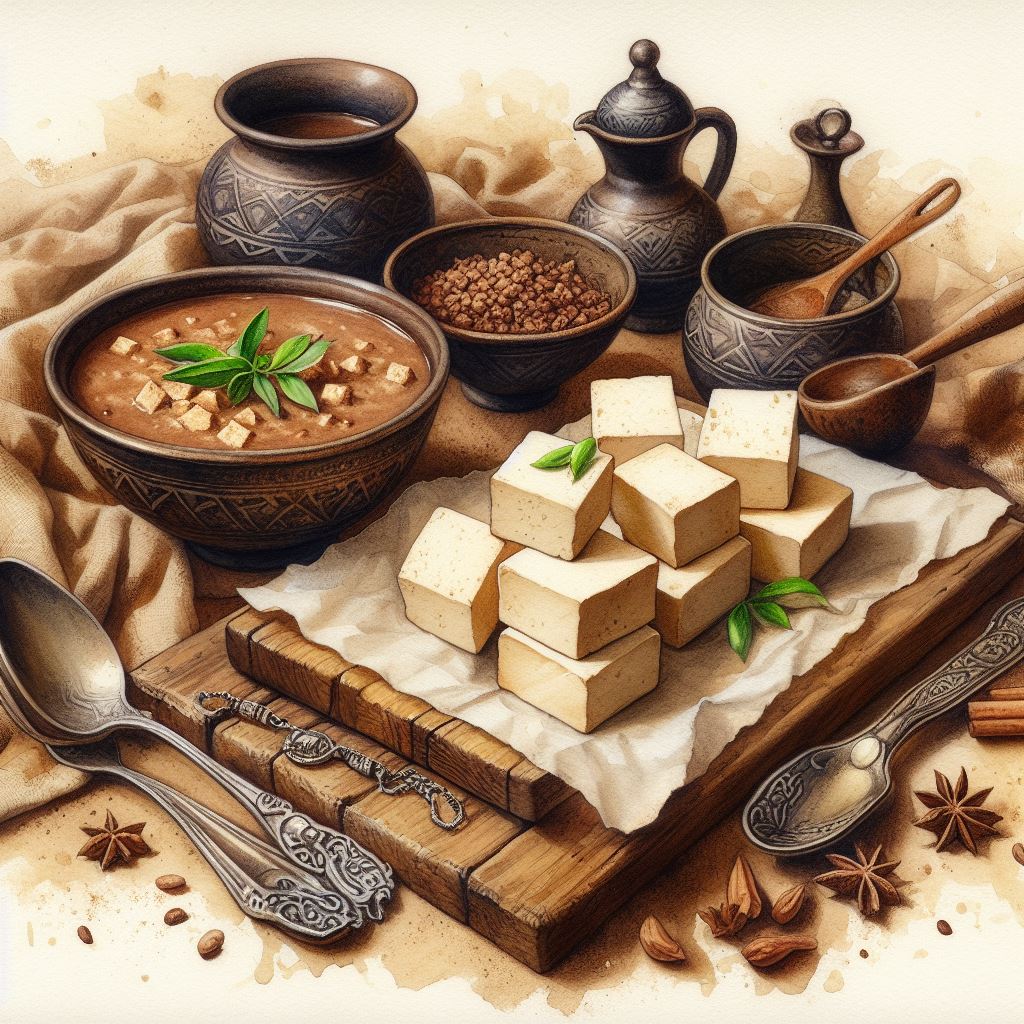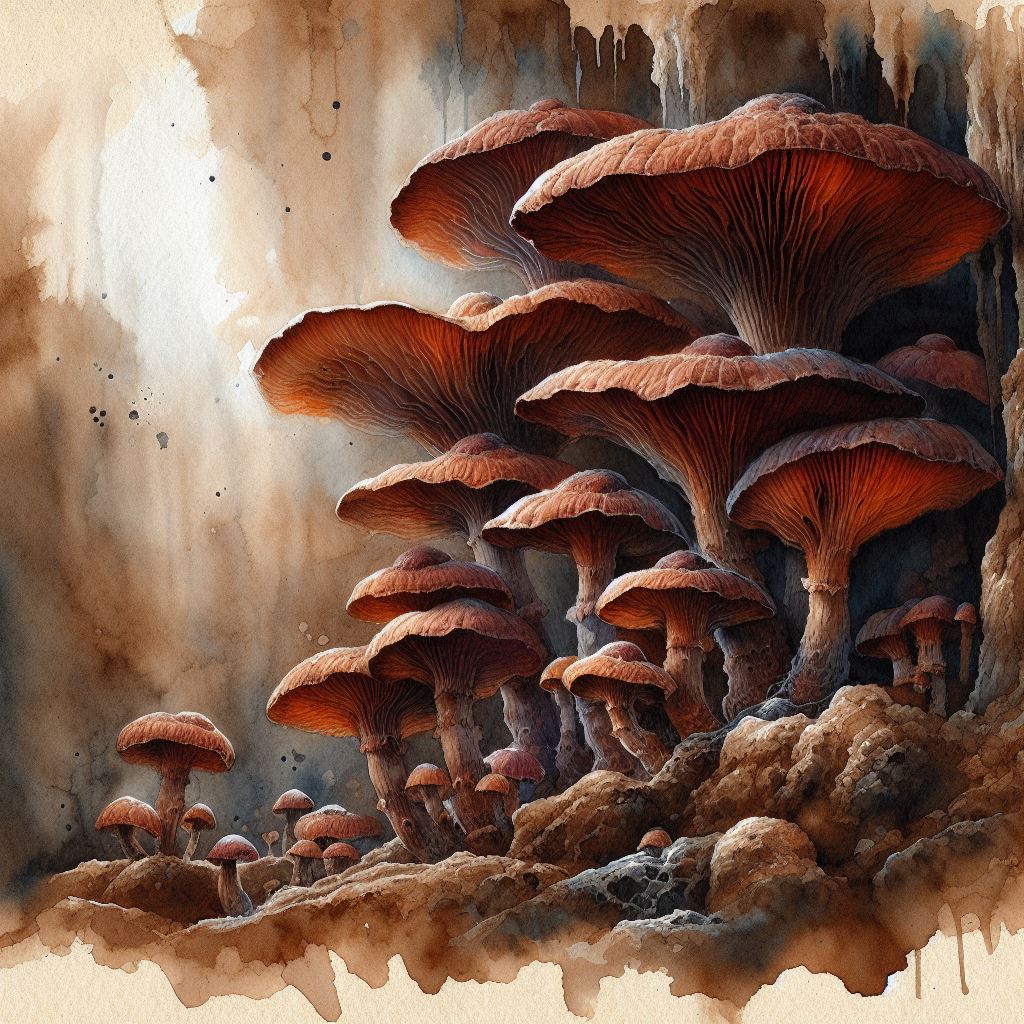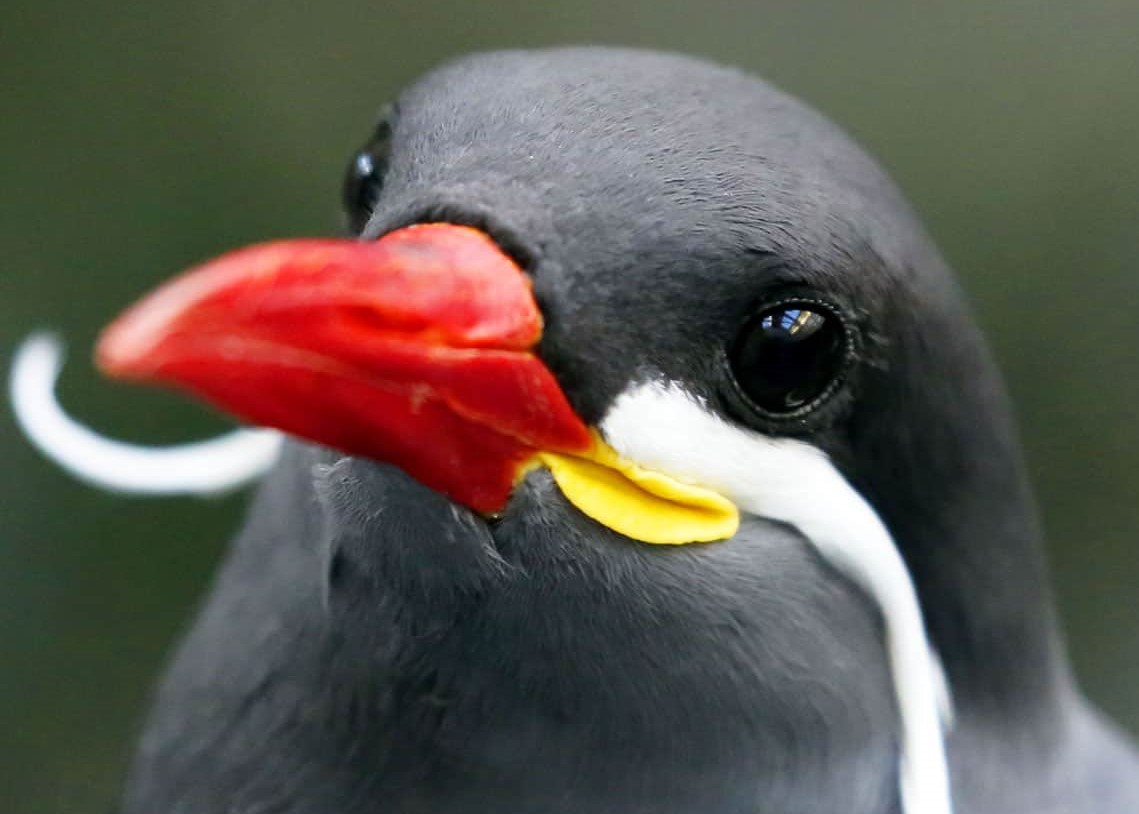Ma'khamsa - Bread of the land
The Ma'Khamsa, roughly translated as “bread of the land” in the common language, is as unremarkable as any fungus could be. But prepared correctly, it is a common and popular staple of the kasharian cuisine.A generous handful of Ma'Khamsa, the bounty of the caves Palm oil, fragrant and golden, as much as would fill a small clay lamp Spices: cumin, coriander, and smoked redfruit, each as much as the weight of seven grains of barley Salt from the sea, and black pepper, ground fine, each as much as the weight of three grains of barley Dough of the finest rice, enough to cover the bottom of a medium-sized tagine One egg of the desert fowl, beaten well Cheese from the milk of the mountain goat, crumbled, as much as would fill the two cupped hands of a child Fresh herbs of the field, a small bunch Excerpt from a culinary handbook, Author unknown
Appearance
The cap is a kaleidoscope of desert hues, from the deep browns of the date palm to the soft grays of dawn’s first light. The caps are supple and broad, with a velvety texture that belies their resilience. They grow in generous clusters, making them an easy bounty for any forager.Habitat
Growing almost anywhere, all that this mushroom needs is a bit of shade and slightly damp conditions, ideally a cave - something it finds in abundance in the mesa-like structures to the east of Al’nahar. Clusters of these mushrooms line the walls, easy pickings for gatherers and wanderers. Most of these colonies give home and protection to small insects like the rockhopper and are ample pickings for the goats of the area.Uses to the people
The Ma’Khamsa, often referred to as the ‘bread of the land', holds a place of honor in the annals of the people.From a young age, children are instructed in the delicate technique of harvesting this mushroom, as effortless as gathering dates from the welcoming arms of a palm. This ease of harvesting and its abundance in basically any cave makes the fungus a reliable food source. One has to be aware though - it can only be consumed after careful preparation. If ingested raw, the fungus is hard to chew and tastes like a mouthful of particular dry earth.
Preparation of the Ma’Khamsa is a time-honored recipe, as ancient as the desert winds themselves:
First, the fungi are immersed in palm oil, infused with the finest of spices. The formerly stringy texture dissolves shortly after and the whole mushroom turns into a brownish mush.
Next, this paste is wrapped in cloth and pressed in prepared forms under the weight of desert stones until most of the oil and fluids are squeezed out. Finally, after around a day, the Ma’Khamsa takes on a firm yet crumbly texture, akin to a well-aged cheese.
The spices used vary wildly by region, creating vastly different experiences depending on the area.
In the coastal regions, where seafood is abundant, the Ma’Khamsa is seasoned with sea salt and sunfruit zest, making it a welcome companion for any seafood one might imagine.
The more luxuriously inclined households use saffron and cardamom, changing the taste into a fountain of exotic flavors that dazzle the tongue.
In the mountainous areas, wild herbs like thyme or rosemary give a more hearty flavor to the Ma’Khamsa, making it more fitting for hearty meals like goat meat or stews.
Should one use only palm oil, the cheese-like block takes on an earthy flavor and a rich aroma that stands well on its own. In this variant it is sliced atop flatbreads, melted into stews, or served alongside spiced meats or fish.
Whether seasoned with spices and herbs or just with plain oil, the Ma’Khamsa is a common but delicious ingredient in kasharian cuisine.










Die Mengenangaben "so viel wie ... Gerstenkörner" aus dem Kulinarischen Handbuch und die Kochanleitung sind großartig. Auch was den Schreibstil angeht, ist ein sehr gelungener Artikel. Aber was halten Sie davon, noch ein paar allgemeine Informationen zur Spezies wie Wissenschaftlichen Namen, Aussehen, Lebensraum etc. zu ergänzen?
Ich versuchs eigentlich meist relativ erzählerisch zu halten, hatte aber auch schon überlegt mal die wissenschaftliche Seite zu zeigen. Ist auf jeden Fall ne Überlegung wert. Dankeschön für die lieben Worte!
Sit down, my friend, and let me tell you of Aran'sha . A world where the sands shift and the stars sing, where the wind carries secrets and the twin moons keep silent vigil over it all.